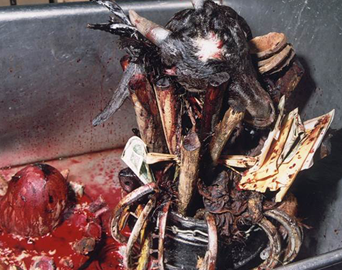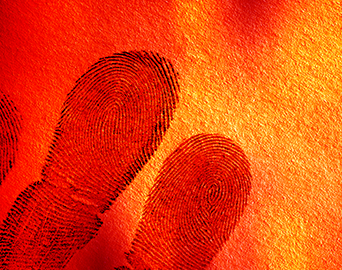Learn For Free
The instructional articles on this page will cover topics related to the courses taught in our training program, such as evidence collection, latent print collection, digital imaging, bloodstain pattern analysis, fingerprint science, and crime scene investigations. These articles are authored by our knowledgeable team of instructors and provide information commonly found in our training courses. We will regularly update this page with new articles, so check back often or sign up for our newsletter to receive notice of additions.
|
Forensic Metal Detecting
July 2021 | By Bill Paxton Courtesy of Western and Eastern Treasures magazine, this article examines the world of forensic metal detecting and introduces John Volek, Tri-Tech Forensics Training Crime Scene Metal Detector Operations instructor. Learn how to choose the right equipment, the details of several search patterns, how to evaluate a crime scene for the search, and more!
|
|
The Importance of Understanding Full-Spectrum Photography When Purchasing a Forensic Camera - 2021 Update
April 23, 2021 | By Phil Sanfilippo One concept that is crucial for forensic photography is learning how to image the entire light spectrum from the near ultraviolet to the near infrared with a camera.
|
|
The Forensics of Sacrifice:
A Symbolic Analysis of Ritualistic Crime September 20, 2017 | By Dawn Perlmutter Applying academic theories of ritual murder and blood rites to contemporary ritualistic crimes reveals similar motivations, goals, and justifications.
|
|
10 Tips to Be the Best Expert Witness You Can Be
September 30, 2016 | By Hillary Daluz Most anxiety and fear forensic scientists experience prior to testifying comes from the unknown. That being said, it is important for the expert witness to take away as many unknown variables as possible prior to testifying in court.
|
|
Whorl Pattern Analysis: Determining Directional Flow
August 8, 2016 | By Mack Brazelle Determining directional flow is a technique latent print examiners can use to accurately predict if a whorl pattern originated from the right or left hand. There are five key elements that can be utilized to identify which hand (right or left) a whorl pattern most likely originated from.
|
|
Case Management: The Foundation for Crime Scene Reconstruction
July 22, 2016 | By Gary Graff Case management is organizing evidence to be workable, retrievable, and understandable in the context of the scene, providing the foundational for crime scene reconstruction (CSR).
|
|
Got Evidence? Now What? What Do You Do First?
By Morgan Hays, CLPE When it comes to processing evidence, it is imperative to get it right the first time. Do you know which examination should be performed first? Latent prints or DNA? Should document or firearms investigators receive the evidence first? If you do this wrong, you could risk ruining evidence.
|
|
Economical Light Sources: Detecting and Collections Evidence Using Forensics LED Lamp Kits
By Phil Sanfilippo Examining evidence for difficult-to-see stains or hairs is necessary, but what alternate light source should you choose – and can you afford it?
|








